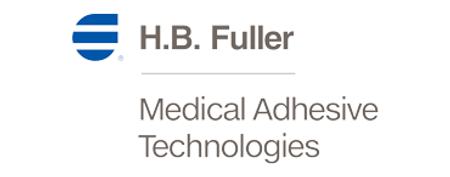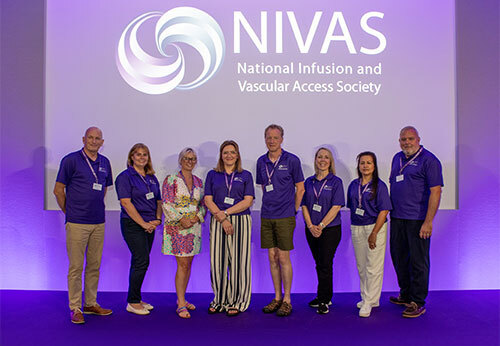Impact of IV drug shortages on patient safety
"Almost half (44%) of the survey respondents reported shortages impacting hematology and oncology medications. These shortages resulted in interrupted, modified, or delayed chemotherapy regimens (e.g., reduced doses, treatment withheld if noncurative intent) and significantly impacted health care organizations' clinical and operational resources, increased the risk for medication errors, and negatively affected the quality of patient care" Bertagnoli et al (2025).










